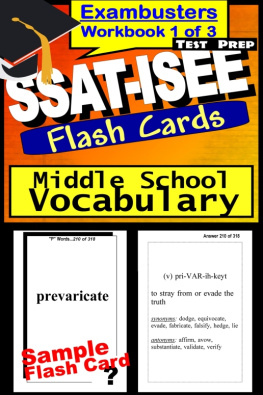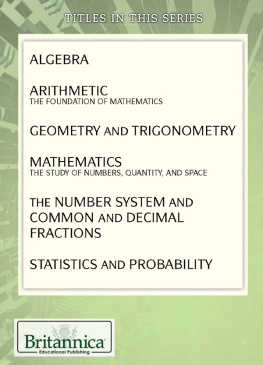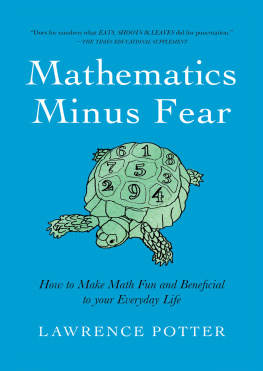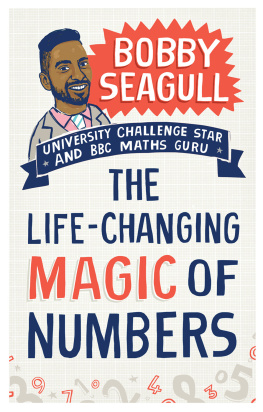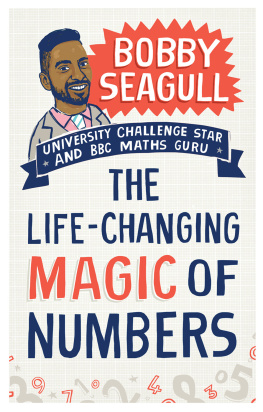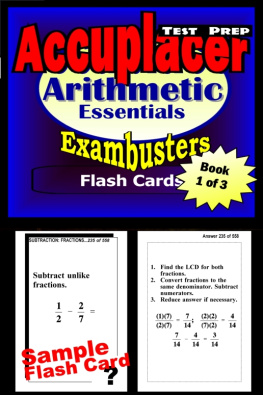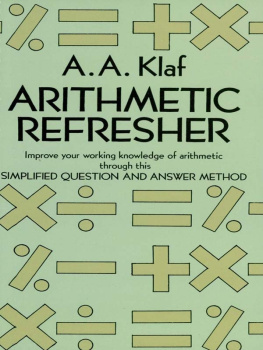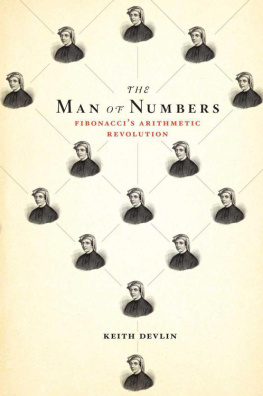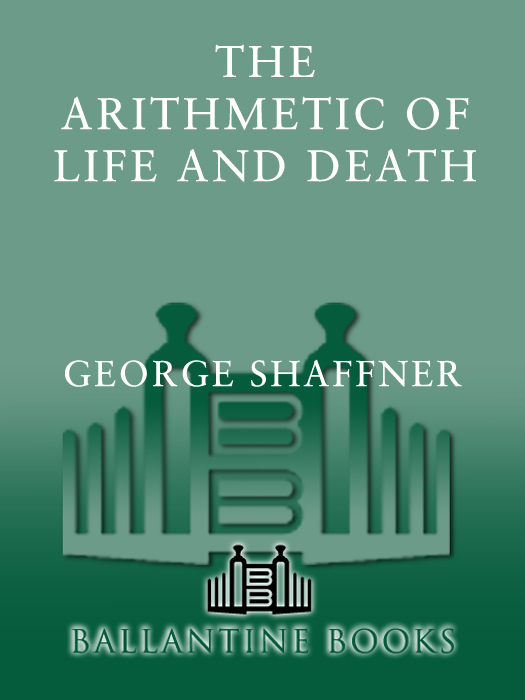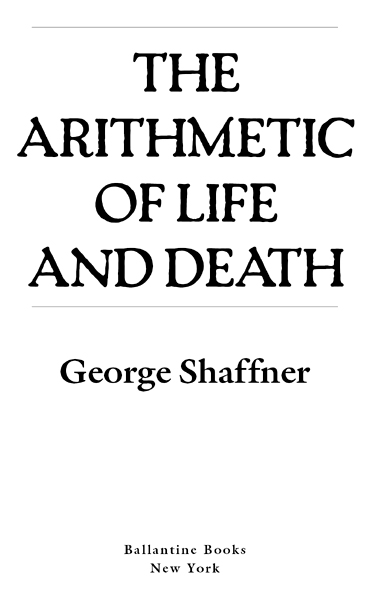More praise forLiving by the Numbers
An appealing mix of common sense and solid reasoning Written in lively style, with sly wit Shines light into several interesting corners of everyday life, often with surprising results.
Kirkus Reviews
Shaffners writing is clever and clear. Its highly probable that many readers will learn from it.
Publishers Weekly
A Ballantine Book
Published by The Ballantine Publishing Group
Copyright 1999 by George Shaffner
All rights reserved under International and Pan-American Copyright Conventions. Published in the United States by The Ballantine Publishing Group, a division of Random House, Inc., New York, and simultaneously in Canada by Random House of Canada Limited, Toronto.
Ballantine and colophon are registered trademarks of Random House, Inc.
www.randomhouse.com/BB/
Library of Congress Catalog Card Number: 00-193407
eISBN: 978-0-307-77574-0
v3.1
For Grace, our children, and their children
Contents
Acknowledgments
I wish to thank the following for their instrumental contributions to The Arithmetic of Life and Death:
- Anya Karavanov, for her diligent research;
- Bill Brastow, for checking and rechecking the calculations;
- Pat Brown, for being the devils advocate in the details;
- Jane Dystel, my agent, for having the courage to take me in;
- Cheryl Woodruff, my editor, for slapping me around; and
- Grace, for listening to it all, over and over, without (much) complaint.
Preface:
The Refugees from Math
and the different branches of arithmeticAmbition, Distraction, Uglification, and Derision.
LEWIS CARROLL
T he Arithmetic of Life and Death began by accident in 1997 when I noticed a change in my octogenarian mother-in-law. Normally a cheerful, bright woman, her mood began to darken as her brother-in-law, also in his eighties, slowly lost his fight against cancer and its complications. Certainly, my mother-in-law was sad for him and for her older sister. But there was something else gnawing at her from within. For the first time in her life, she was afraid of dying. Though a devout, lifelong Catholic, she was afraid because she wasnt absolutely sure that there was another life waiting for her on the other side of this one.
Not the spontaneous hugging sort, I decided to write Life after Death, a brief essay that uses common sense, along with rudimentary chaos theory and a little inferential logic, to establish a secular case for life after death. I do not claim to have cracked the mystery of the ages, but my mother-in-law seemed to feel a lot better after she read it.
If a little chaos could help my mother-in-law believe in life after death, I dared to believe that a little arithmetic could help my twenty-year-old son understand why he was involved in motor vehicle mishaps with such consistency. The result was a short, arithmetic essay called The Odds of Getting Caught. The speeding tickets stopped. That success inspired The Value of Education, which compares the career earnings of a high school dropout, a high school graduate, and a college graduate using earnings data from the U.S. Bureau of Labor Statistics. My son finished high school.
Shortly thereafter, a personnel problem at work motivated me to write Prima Donna Effect and Teamwork, both of which use simple arithmetic models to show why people have to work together. My success in implementing the lessons learned from those two essays later prompted the writing of Common Cause and Why More Things Go Wrong, by which time The Arithmetic of Life and Death had taken on a life of its own.
As the chapters increased in number, I began to discover that many of my relatives, a few of my friends, and practically all politicians seem to live their lives in a sort of innumerate blissa state in which virtually all remnants of mathematical thought have been exorcised since high school. These people are the Refugees from Math.
Now is not a good time to be a Math Refugee. This is the Age of Information; numbers are everywhere: time and temperature, height and weight, speed and distance, power and capacity, prices and discounts. Principal, interest, taxes, and insurance. Dealer prep, transportation, licenses, and fees. All of these are numbers. They represent information that is different from words. Each and every one of them can be applied, analyzed, and manipulatedespecially manipulatedin thousands of ways that words cant.
It is important to preserve this distinction between words and numbers. For example, although the word ten can be subtracted from the word twenty, the result is the rather difficult to express wty. And even if it were possible to settle on a standard pronunciation, it might be somewhat harder to agree on how to multiply wty by eleven. For similar reasons, it was essential that Roman numerals, which look exactly like letters of the alphabet, were replaced by the distinctive and elegant Arabic number system sometime prior to the creation of NASA. (Skeptics and the innumerati should consider a simple example, such as dividing MMCCLXV by CCCLXIII, before appealing the matter to the Roman Catholic Church.)
Astronauts and rocket scientists notwithstanding, there seem to be a lot of Math Refugees out there. How else can one explain tailgaters, who cause one-sixth of all traffic accidents in return for getting to work about two seconds sooner (from The Tailgaters Advantage)? Or teenagers who leave high school just before their senior year, when a diploma could be worth half a million dollars more to them in future income (from The Value of Education)? Or that coworker (and every office seems to have at least one) who apparently feels no personal obligation to perform actual work (from Why You Must Produce)?
These arent nickel-and-dime mistakes. They are limb-threatening, self-impoverishing, or employment-ending errors. None of them should be made by someone who understands how to apply arithmetic to everyday problems. Plain old arithmetic. Differential calculus, number theory, finite geometry, and every other form of advanced mathematics are not at all necessary. That is because every discipline of mathematics is constructed on the four corners of arithmetic: addition, subtraction, multiplication, and division. Intelligent application of these four simple tools, which everyone understands, can solve almost any problem.
Except one. Every year in every high school, when the last bell rings after the last class of Algebra II, in a moment of unrestrained group euphoria, the Refugees from Math shut down their left brains, and another small exodus from math begins.
After twenty-eight years of paternal observation, eighteen years of math and statistics education, and a day or two of nostalgic reflection, I concluded that the continuing exodus from math remains rooted in the way that it has always been taught: too much abstraction, too much symbolism (the equations), too much complexity, too much rigor (all those proofs!), and lessons that were and are too damned long. Thus, the design criteria for The Arithmetic of Life and Death became: Use real-life examples, use actual words and numbers, keep it simple, keep it short, and exterminate all equations with unknown stuff in them (okay, theres one in Are We Alone?).


